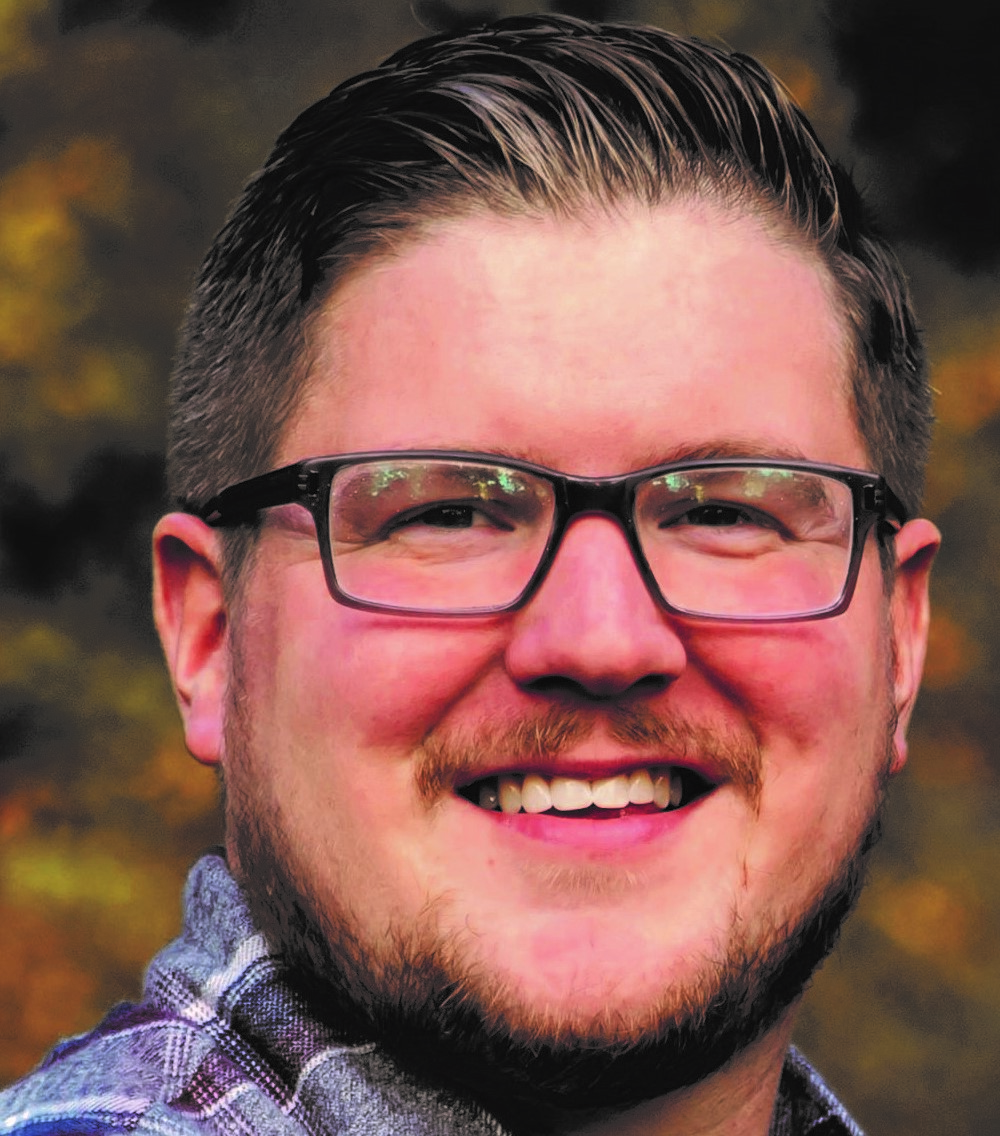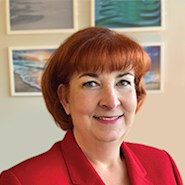
When Matthew Hughes, P.E., M.ASCE, earned his professional engineer license a year ago, his employer automatically promoted him, adding management duties to his regular tasks, which involve using geographic information systems and other technology to develop asset management programs. He says that as long as he is managing infrastructure, he wants to stay current on the techniques and technologies that can be implemented. And as long as he is involved in asset management, he wants to do all he can to improve that process so clients can keep their infrastructure up to date and ready for the future.

What are the new responsibilities that come with this new job?
On paper I am a civil engineer, but my specialization has become asset management. And since getting my P.E., I have been doing additional tasks. I deal with underground utility rehabilitation, asset management planning, modeling, trenchless technology, geographic information systems, and computerized maintenance management systems (CMMS). I play a key role in digitizing infrastructure to GIS databases, collecting the necessary attributes, and making sure the data are accurate for that utility.
Right now, I am working on the fifth year of projects funded through the state of Michigan’s SAW (Stormwater, Asset Management, and Wastewater) grant program. We develop asset inventories and perform condition assessments for stormwater, sanitary, and combined sewer systems. The data we collect help to inform their long-term capital improvement plans.
This was a widespread opportunity for communities and utilities in Michigan to leverage GIS and CMMS programs for their assets, so I feel like I’m on the forefront of the technology.
What are the chief skills and abilities that you developed in your previous positions that enabled you to move on to this new position?
I had an internship with a local municipal public works department, and we used the same software but for different needs. I learned how to use software out in the field and how to orient myself with what is in the field and what is being shown on the electronic maps. It was a great opportunity for me to learn, and it propelled me into what I do now.
When I was first hired at my current employer, we inspected 24,000 drainage structures and manholes. I was totally new and had to supervise a group of seven interns. We performed condition assessment using an array of tools and survey equipment, moving from structure to structure. Then we entered our data into GIS (programs) using electronic tablets in the field. That was a learning experience for me. Suddenly I was inspecting drains, sewers, pump stations, CSO basins, and open-channel ditches — and I had not learned any of that in school. It takes a keen attention to detail to be able to correlate the infrastructure in the field to the digital representations of infrastructure in GIS.
I have only been working for five years, and I have done many different tasks required by the company. It’s a medium-sized company with 200 to 250 employees in different locations. So I’ve gotten to do cost estimating, design, construction observation, and contract administration work in addition to asset management and data collection. Over this summer I worked in the field on a project to replace nearly 2,000 ft of water main.
I have been doing mostly that kind of work ever since, and I am always trying to make it better. I look at what kinds of data we should collect, how to make the maps better, and how to improve the workflow. I make suggestions to the GIS specialists, who may not be familiar with the infrastructure at times, so they are happy to hear those comments and suggestions. Once we implement those changes and things are working right, it’s one less headache later.
As an example, I frequently work with GIS specialists to resolve mapping corrections; sometimes GIS mapping may be incorrect or out of date. Frequently I find that assets owned by different owners get intermixed, and it is up to me to figure out which assets are owned by the proper agency.
I’ve also recommended changes to our manhole inspections workflow by collecting attributes starting from the top of the structure and working down to the bottom; before the attribute fields were in a random order. This way, the inspection crew can work in chronological order and be more efficient.
What personal traits or characteristics do you believe helped you win this new position?
Being organized. That is part of my personality, but I’ve learned its importance in the professional world. And being detail oriented. You have to be to do this work. If you don’t pay attention to the details, complications can occur during construction or design.
What technical skills helped you achieve this position?
Knowing how to measure construction quantities and read construction drawings has been important. And understanding how GIS databases are developed and the data sources associated with those attribute tables is very important.
It has also helped to know how to identify utilities in the field and compare your surroundings to electronic maps. In areas where there are numerous utilities and drainage systems, it’s important that we collect data on the correct asset.
What nontechnical skills helped you achieve this position?
Critical thinking and thinking long term. I always try to envision the big picture and look at the long-term results we are trying to achieve. I put myself in the shoes of our clients. For example, it is easy to make a recommendation to fix a sewer, but you have to think about other long-term needs. Are there lead water-service lines in the vicinity that need replacement? Is the pavement in need of replacement? What other utilities are in need of improvement before excavating begins? How critical is a defect compared to the criticality of the entire system?
What role did mentors, advisers, or your network play in your achievement?
My supervisor from my internship was the most influential mentor I ever had. He taught me technical and nontechnical things that have carried me through my career so far. Aside from his camaraderie, he always took a common-approach solution to issues that came up during construction.
What do you hope to accomplish in this new position?
I’m getting more managerial tasks, so I want to develop more on the technical side because it’s hard to manage when you don’t know the technical side of what your staff is doing. I’d also like to continue to build my GIS software skills and learn more about GIS.
What types of positions do you see yourself moving toward over the next few years?
I would like to continue to be a project engineer and to stay in the GIS field because it is still very new and there are a lot of opportunities in the field. When you have good data and you understand how they were collected and the assumptions involved, it makes planning and decision-making much more straightforward.
What advice would you give to other young engineers who would seek positions similar to yours?
Be detailed, stay organized, and keep evaluating what you are doing at work. If you do not like what you’ve been tasked to do, seek out other opportunities.
What is one item that you can share from your personal or professional bucket list?
I am a licensed builder in Michigan, and I’ve always dreamed of starting from scratch, buying a property, and building my own home.
What quote or principle do you try to live by, in your work or your personal life?
My grandfather always said, ‘If they can do it, I can do it.’ Or sometimes, ‘If they can do it, I can do it better.’ That always stuck with me, and often when I am challenged, this quote motivates me to teach myself skills and accomplish what is asked of me.
Where do you think the field of civil engineering is headed in the next five to 10 years, and where would you like to see it go?
I think the demand for civil engineering services will only grow as the population grows. I hope the work I’m doing will help develop more organized and cohesive construction projects, in which the utility owners and other stakeholders can all be involved at the same time. Our infrastructure isn’t getting any younger; good data can help us manage for decades to come!
Are you a younger member who has recently taken the next step in your career? We’d like to hear from you. Email [email protected] using the subject line “Next Step.”
This article first appeared in the January/February issue of Civil Engineering as "Stay Organized and Seek Improvements."




